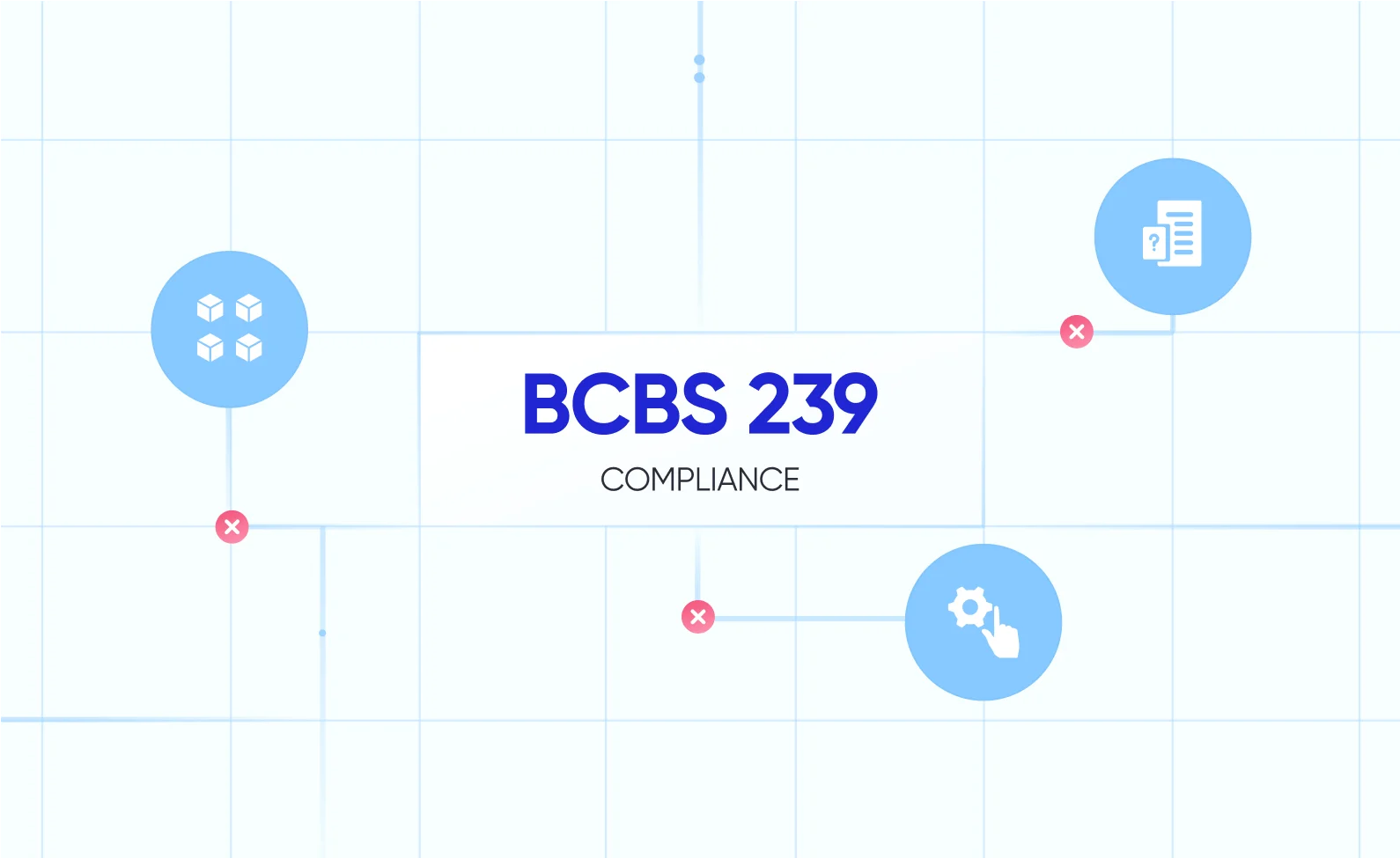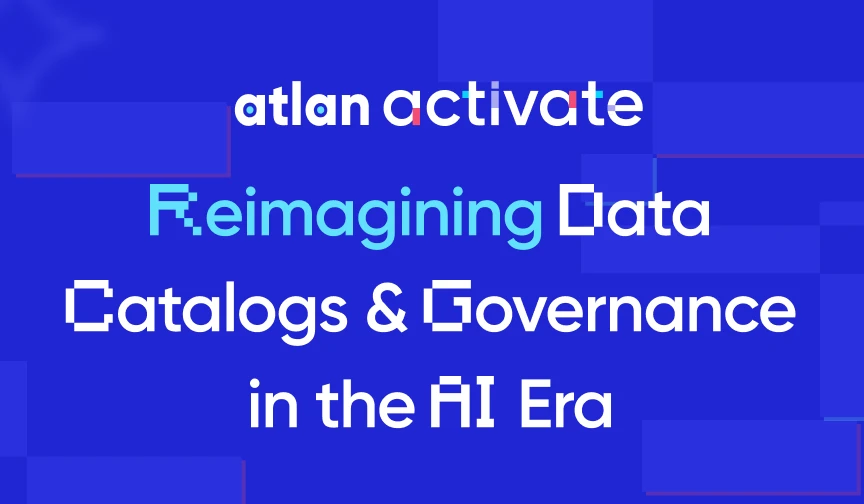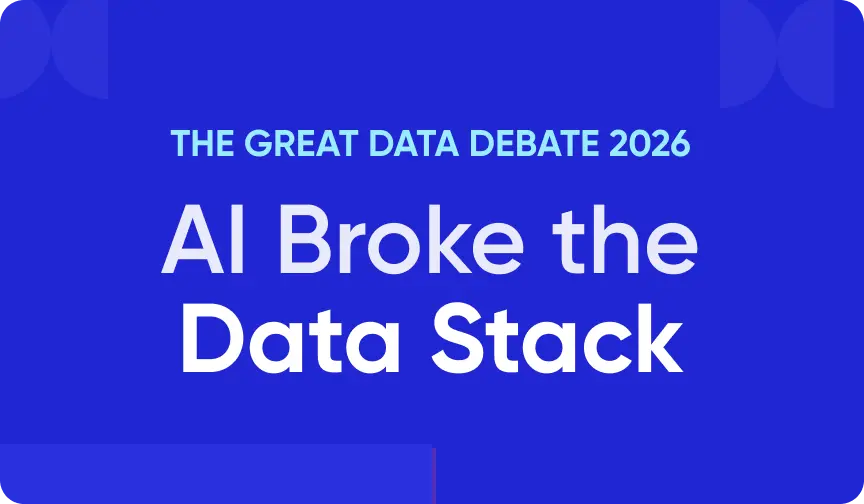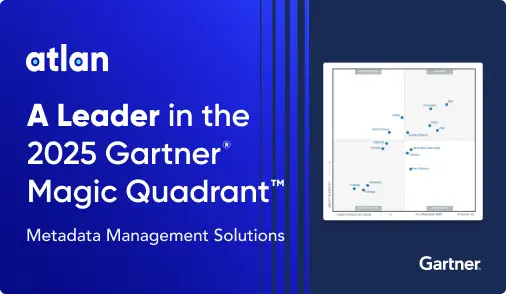Why Your BCBS 239 Compliance Struggles Are Really Data Lineage Challenges

Last Updated on: April 16th, 2025 | 4 min read
Unlock Your Data's Potential With Atlan


A decade since the Basel Committee introduced BCBS 239 principles for risk data aggregation and reporting, many still face persistent compliance gaps. Recent findings from the Basel Committee underline the urgency clearly: only two of thirty-one global banks are fully compliant today—and even some previously compliant institutions have fallen behind.
The uncomfortable truth behind these persistent challenges? They’re not about unclear policies or insufficient oversight. They’re fundamentally about data lineage.
Regulators are losing patience, raising your compliance stakes
Permalink to “Regulators are losing patience, raising your compliance stakes”You already know the pressure firsthand. Regulators are demanding increasingly precise, timely, and consistent aggregation of data across numerous financial products—from mortgages and credit cards to complex corporate loans. Without a clear, end-to-end view of your data lineage, meeting these expectations is nearly impossible.
In recent publications, both the European Central Bank and the U.S. Federal Reserve explicitly highlighted weaknesses in banks’ data lineage as critical barriers to effective risk management and reporting. With regulatory patience thinning, lineage gaps you leave unaddressed today could quickly translate into costly penalties, reputational harm, and heightened regulatory scrutiny tomorrow.
Why your BCBS 239 efforts stall without clear data lineage
Permalink to “Why your BCBS 239 efforts stall without clear data lineage”Your institution has likely invested in data governance technologies, processes, and teams. Yet, even with these investments, fragmented data systems and isolated metadata catalogs remain common. Many organizations operate multiple disconnected metadata repositories, each with differing standards and glossaries, which only compounds lineage obscurity.
When your lineage is unclear, your teams lose trust in data. Compliance reporting becomes a manual, cumbersome exercise, filled with reconciliation efforts and uncertainty about data accuracy. As Citi CFO Mark Mason noted recently, a single liquidity report may involve hundreds of thousands of data points aggregated across multiple systems. Without automated lineage, these manual reconciliations multiply rapidly, draining resources and amplifying risks.
Traditional governance approaches aren’t enough—here’s why
Permalink to “Traditional governance approaches aren’t enough—here’s why”Legacy governance approaches rely heavily on manual documentation, created primarily to address regulatory checkpoints rather than everyday operational needs. As a result, these types of governance frameworks struggle to manage critical challenges, including:
- Temporal Misalignments: Data streams operate on varying schedules, creating timing conflicts.
- Granularity Issues: Differences in the detail level across data sources complicate aggregation.
- Latency and Consistency Problems: Delayed updates across systems cause data inconsistencies, undermining reporting reliability.
These challenges make manual approaches inefficient, costly, and error-prone. Even extensive documentation and processes can’t compensate for a lack of automated, clear lineage across your data estate.
Why lineage must become your strategic governance priority
Permalink to “Why lineage must become your strategic governance priority”Data lineage isn’t just a compliance requirement—it’s a strategic capability to future-proof your institution’s data management.
At Atlan, we understand lineage deeply. Our platform provides automated, end-to-end lineage that maps data transformations and dependencies down to the column-level. Atlan leverages active metadata management to provide a real-time, comprehensive view of your data’s journey—eliminating guesswork and dramatically reducing manual documentation efforts.
By automating lineage with Atlan, your teams gain clarity and confidence in explaining precisely where data originates, how it was modified, and who has interacted with it. Instead of managing compliance as a reactive process, lineage becomes a proactive, strategic capability embedded into everyday workflows.
From compliance bottleneck to competitive advantage
Permalink to “From compliance bottleneck to competitive advantage”North, a leading payments solutions provider, exemplifies the tangible value of automated data lineage. By implementing Atlan, North achieved end-to-end visibility of its data, resulting in over $1.4 million in annual efficiency gains and a 700% increase in tagged assets in Snowflake. Similarly, UK-based digital bank Tide reduced data governance tasks from fifty days per compliance cycle to fewer than five hours using Atlan Playbooks, demonstrating immediate operational benefits from strategic lineage adoption.
This shift from fragmented, manual governance to lineage-driven automation not only streamlines your regulatory processes but also unlocks broader benefits—accelerating analytics, enabling faster decision-making, and positioning your institution ahead of competitive pressures.
Embrace strategic lineage with Atlan
Permalink to “Embrace strategic lineage with Atlan”Robust data lineage isn’t just about satisfying regulatory demands. It is your most potent lever for building institutional trust, improving operational efficiency, and driving competitive agility.
At Atlan, we designed our lineage and metadata platform specifically to bridge compliance requirements with strategic business outcomes. Our capabilities empower your data, risk, and compliance teams with the real-time visibility, collaboration, and clarity essential for confidently meeting regulatory standards while simultaneously accelerating innovation.
BCBS 239 compliance doesn’t have to remain an endless struggle. With Atlan, your institution can confidently navigate regulatory complexities, turning governance from a compliance bottleneck into a strategic asset that unlocks real competitive advantage.
The choice to embrace strategic lineage now can define your institution’s future—shifting compliance from reactive risk management to proactive confidence.
Share this article
Atlan is the next-generation platform for data and AI governance. It is a control plane that stitches together a business's disparate data infrastructure, cataloging and enriching data with business context and security.





















